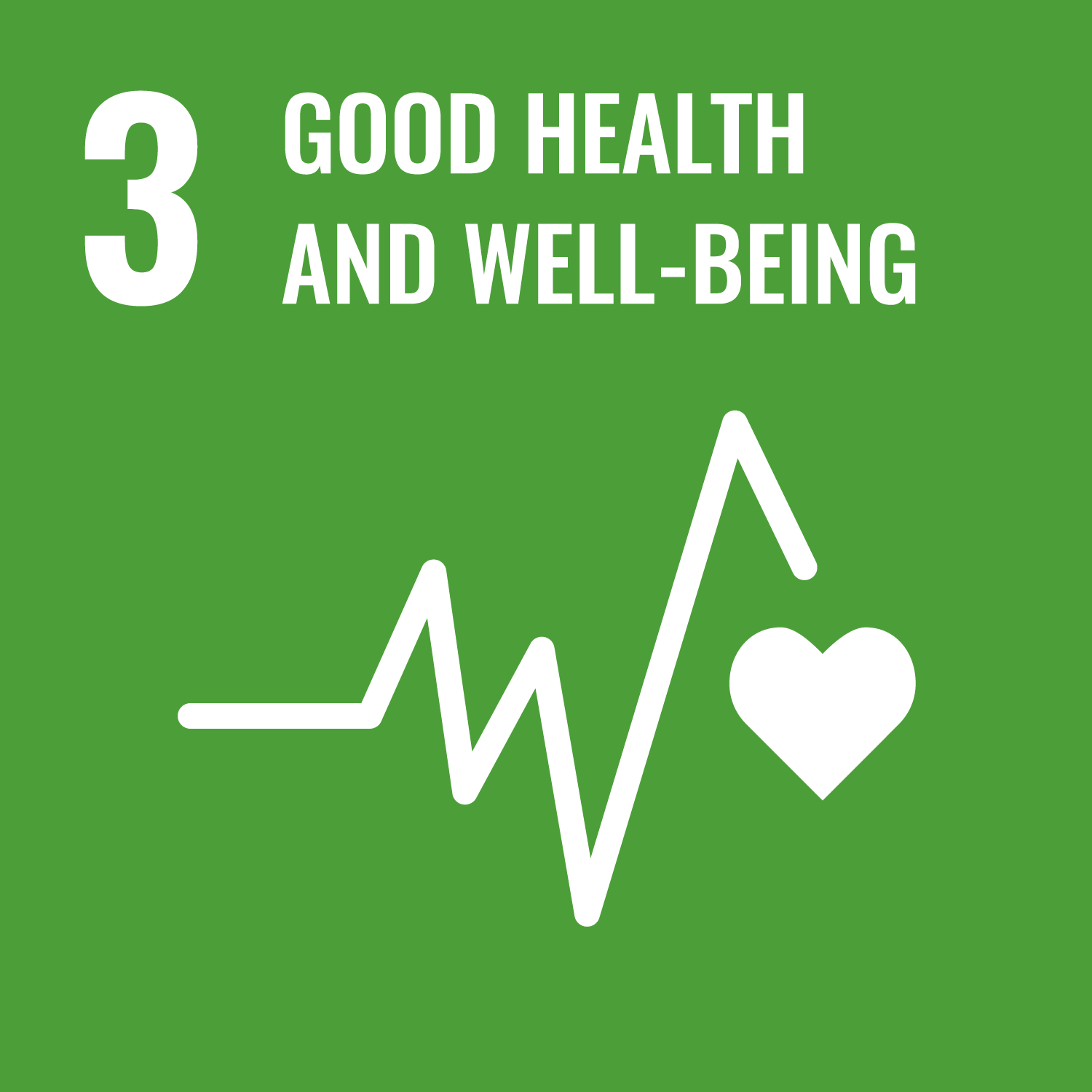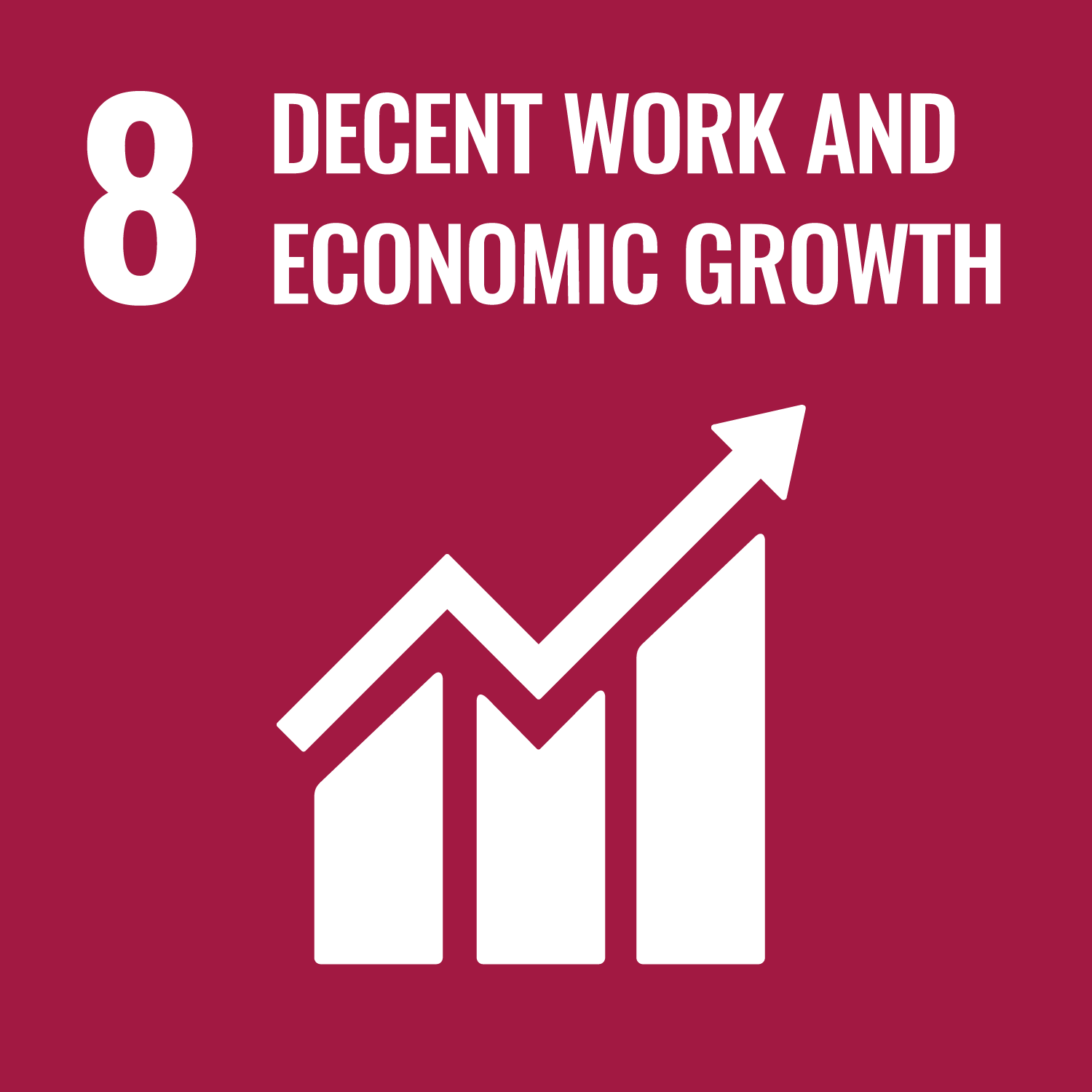IPS employment support for people with drug and alcohol addictions
This project is also known as West London Alliance
Aligned SDGs


- IPS employment support for people with drug and alcohol addictions
- General overview
- Location
- Involved organisations
- Outcome metrics
- Results
- SyROCCo reports
- Other resources
- Spreadsheet of data
- IPS employment support for people with drug and alcohol addictions
- General overview
- Location
- Involved organisations
- Outcome metrics
- Results
- SyROCCo reports
- Other resources
- Spreadsheet of data
General overview
Stage of development: Complete
Policy sector: Employment and training
Date outcomes contract signed: Aug 2018
Start date of service provision: Jan 2019
Actual completion date: Sep 2022
Max potential outcome payment: GBP 2.38m
Service users: 1k+ individuals
Intervention
Individual Placement Support Service to help find and sustain work for adults who have or have had Drug and Alcohol Treatment.
Target population
Supports people aged 16-70 years old with drug and alcohol addictions, who are out of work, to gain and retain competitive employment. All service users will be voluntary and either receiving treatment, in recovery or previous users of the service.
Location
Country
- United Kingdom
Service delivery locations
- West London Boroughs (Barnet, Brent, Ealing, Harrow, Hillingdon, Hounslow, Kensington and Chelsea, and Westminster)
Involved organisations
Configuration of contracting parties:
- Intermediated contract with payments made through SPV (investor backed)
- Department for Culture, Media and Sport (DCMS)
- Hounslow CCG
- Harrow CCG
- Hillingdon CCG
- London Borough of Barnet
- London Borough of Brent
- Royal Borough of Kensington and Chelsea
- London Borough of Hounslow
- London Borough of Ealing
- London Borough of Harrow
- West London Job Centre Plus
- London Borough of Hillingdon
- West London CCG
- Barnet Job Centre Plus
- London Borough of Westminster
- Central London CCG
- Ealing CCG
- Brent Clinical Commissioning Group
Outcome metrics
- Metric 1: Engagement - Employment Specialist completion of three appointments with the Service User or when they have worked with the Service User to complete a vocational profile.
- Metric 2: Job starts - Service user starts paid employment and achieved within first day of employment. Evidence needed to be collected from the service user for verification which included typically employer-generated letter, 1st payslip or self-declaration.
- Metric 3: Job sustainment - Sustainment’s of a paid job are measured at 13 weeks at either under 16 hours or over 16 hours. Evidence needed to be collected for verification, which included pay slips, time slips or self declarations.
- Metric 4: Health improvements - An ‘Addictions patient reported outcomes questionnaire’ was completed at the start of the programme and at least 6 months after engagement for service users. A reduction is scores indicated increased health improvements. Developed by Kings College, the tool is a combination of Treatment Outcome Profiles (TOP) score and Substance Use Recovery Evaluator (SURE).
- Metric 5: Change is forecast healthcare usage costs - Innovative measure to find out whether forecast use of NHS services would be decreased by those using the IPS Service.
Results
This project started delivering services in January 2019 and has finished in September 2022.
Outcome achievements
Overall target is based on the high case scenario defined in the Life Chances Fund Final Award Offer or Variation Agreements.
The graph above shows interim results for the project’s outcome achievements. Each bar represents a key participant outcome or metrics. Each metric is detailed above the graph (under the ‘Outcome metrics’ section of this page). Users can hover over the bars to access data on the expectations and achievements for that particular metric. Labels at the top of the bar represent the overall expectations for specific metrics, for the entire life of the project. The coloured section of the bar represents the project’s achievements so far.
Each bar takes the unit of analysis of the metric (if the metric is measured in number of individuals, the bar graph is representing individuals achieving that metric. If the metric is measured in weeks, the bar graph is representing weeks).
A note on targets (or expectations): the graph above shows the latest targets for the project. These targets are based on the best-case scenario expectations for every project. These targets may be different from the targets set at the start, as projects adapt to unexpected challenges or changes in circumstances. In addition, these targets could also work as a ‘cap’ for payments. We offer these parameters as a reference on outcome achievement projections. If projects are under implementation, they are not expected to have achieved any of these targets yet.
The provider's description of the project:
'The programme delivered on an Individual Placement Support (IPS) model, which is evidence-based comprising of 8 principles[1] and originates from the USA. This was delivered across 8 West London Boroughs (Barnet, Brent, Ealing, Harrow, Hillingdon, Hounslow, Kensington and Chelsea, Westminster) and uniquely funded by 19 stakeholders including a Social Impact Bond. The model was endorsed by Dame Carol Black[2] in ‘An Independent Review into the impact on employment outcomes of drug or alcohol addiction, and obesity.’ Demonstrating positive evidence for mental health services, IPS services were recommended for Drug and Alcohol services. The programme operated as a lite model, with an adaption of time unlimited support where the service worked with people for up to 12 months.
In 2019, the IPS into Work service was the largest in substance misuse, running alongside Public Health England (PHE) trials in 7 areas across the United Kingdom. The IPS into Work service focussed on helping people affected by substance misuse to find and sustain paid work. Outcome measures included service user engagement, job starts, sustainment, improved well-being and reduced health care use.
Outcome payments
The graph above shows interim outcome payment results. The x-axis displays the years since the start date of the project to the anticipated completion date. The y-axis represents the value of the payments for outcomes realised by participants in the programme. The aim of this graph is to enable users to compare the initial expectations of the project against the actual value of the outcomes that were achieved.
The dotted lines represent the different plans that projects had at different moments- labelled as ‘Plans’ in the key. The data for these dotted lines (or single dotted line) comes from the outcome payment profiles that projects shared with the commissioners and their values represent expectations according to 'best-case scenarios' (if projects achieved as many outcomes as possible). There are different dotted lines as projects can renegotiate their payment plans as they face changes that affect delivery (such as the COVID pandemic) or adjust their expectations during the life of the project. Each dotted line is made of a set of points. Each point represents a quarter. Users can hover over those points and access data on the expectations for that quarter.
The solid line shows the outcome payments that the project already claimed and received- labelled as ‘Actual’ in the key. Squared points on the 'Actual' line indicate that the payment for that quarter was a COVID-19 medium-scenario grant. This was one of the temporary funding options offered to projects during the COVID-19 pandemic (this included activity payments based on projected medium-case performance scenarios). On the top-right corner, the ‘Plans’ and ‘Actual’ lines can be selected and deselected to change which lines appear in the graph.
A note on the representation of different payment profiles (or plans): when Life Chances Fund projects reprofile their payment plans, they use a template provided by the National Lottery Fund. When they complete data for the past quarters, some projects preferred to leave those cells blank, other preferred to repeat the previous expectations and other decided to complete those cells with data from actual payments. To avoid confusions around these different criteria, we start representing a plan from the moment when the plan is valid.
The provider's interpretation of the figures:
'Working collaboratively with MHEP, the outcome metrics were selected for the programme in 2018, taking account of what outcomes contributing partners were prepared to pay for and evidence from IPS services for people with mental health issues. Some of the metrics were entirely novel. The referral and engagement expectations which were based on people in treatment in the geographical area were impacted significantly due to Covid. But the percentage of people engaged who went into work, and sustained work, were in line with expectations. The above report does not reflect this. The need to collect evidence manually also meant the outcomes reported are likely to between 15 and 20% less than achieved. The change in health usage metric did not work, in part because all health forecasting was severely impacted by Covid. The linked infographic shows what the independent evaluation from Strathclyde University found. This better reflects the outcomes of the project.'
Linked resources from the provider: Strathclyde University Evaluation Infographic and An evaluation of Via’s IPS into Work Service.
Powered by SyROCCo SyROCCo reports
The following articles are taken from the Systematic Review of Outcomes Contracts Collaboration (SyROCCo) Machine Learning tool.
The tool is a collaboration between the Government Outcomes Lab and machine learning experts from the University of Warwick, that allows you to navigate and explore data extracted from nearly 2000 academic and grey literature publications related to outcomes-based contracting.
Spreadsheet of data
Important Notice and Disclaimer on INDIGO Data
INDIGO data are shared for research and policy analysis purposes. INDIGO data can be used to support a range of insights, for example, to understand the social outcomes that projects aim to improve, the network of organisations across projects, trends, scales, timelines and summary information. The collaborative system by which we collect, process, and share data is designed to advance data-sharing norms, harmonise data definitions and improve data use. These data are NOT shared for auditing, investment, or legal purposes. Please independently verify any data that you might use in decision making. We provide no guarantees or assurances as to the quality of these data. Data may be inaccurate, incomplete, inconsistent, and/or not current for various reasons: INDIGO is a collaborative and iterative initiative that mostly relies on projects all over the world volunteering to share their data. We have a system for processing information and try to attribute data to named sources, but we do not audit, cross-check, or verify all information provided to us. It takes time and resources to share data, which may not have been included in a project’s budget. Many of the projects are ongoing and timely updates may not be available. Different people may have different interpretations of data items and definitions. Even when data are high quality, interpretation or generalisation to different contexts may not be possible and/or requires additional information and/or expertise. Help us improve our data quality: email us at indigo@bsg.ox.ac.uk if you have data on new projects, changes or performance updates on current projects, clarifications or corrections on our data, and/or confidentiality or sensitivity notices. Please also give input via the INDIGO Data Definitions Improvement Tool and INDIGO Feedback Questionnaire.